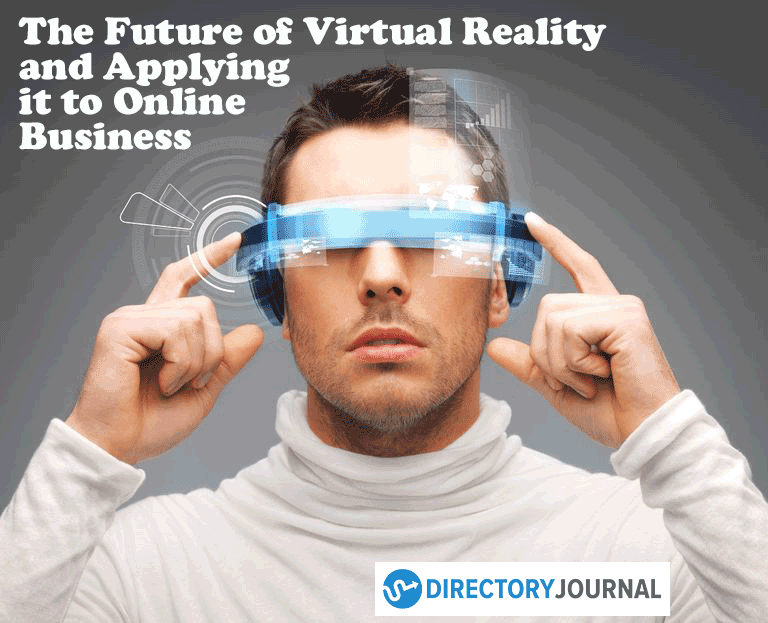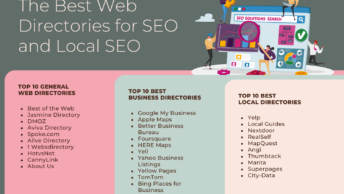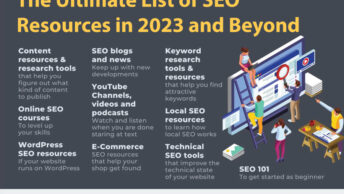Virtual Reality (a.k.a. VR) was one of the hottest trending items at CES (Consumers Electronic Show) this year. What does that tell you about what is in store for us in 2016 and in upcoming years?
The line between reality and fantasy is becoming fuzzier and fuzzier, as the technology, in particular, the hardware, reaches a price point we can all afford. The experience of using VR is nothing short of amazing. It always has been, but it used to be the stuff of dreams. Now, it is becoming even more attainable than we imagined.
Technology has come a long way. The first video games involved rectangular “paddles” that could only move up and down while trying to hit a square “tennis ball” back and forth. If you remember that, then you are one of the lucky ones who has really seen history unfold before your eyes over the past decades, eh? To think that that experience was all the rage at the time is also pretty amazing. Curious about that “paddle” game from the past? You can play a demo here.
Leap forward four decades and 2016 will be the year of Virtual Reality for sure. While we may have seen it in the movies, now you can strap a helmet on and in a moment’s notice, you are transported to a reality that is from another world. No doubt that world will include categories like sports games, war games, racing games, crashing games, punching and fighting games, even exercise games like aerobics. All those genres will be big hits with VR, just like they are today.

Retail is the Next Horizon
The new twist in VR will be in retail. Retail? Yes, retail. In particular, clothing and apparel. Imagine the possibilities of tapping into the female market if women could use VR to see how they fit into the latest selection from Versace? Decades ago, little girls played with their dolls, dressing them up and creating new fashion combinations that appealed to them. However, it was always a case of dressing dolls that were not anatomically correct in outfits that did not look like the clothing in the little girls’ closets. It was fantasy, but it was not fantasy that could cross over into reality and back.
Now, with the aid of virtual reality, little girls (and big girls, with the credit cards) are able to create a virtual self and dress themselves, determining what looks good on them and ultimately, where they want to spend money. The companies who have and are adopting virtual reality realize the value in this market and the ability to tap into the income aspect of the benefit of virtual reality.
Interestingly, when it comes to virtual reality, it is probably about time that the playing field (no pun intended) were a little more level. Currently the gaming conferences are dominated by the male gender. This is an opportunity to have something for everyone. If companies start making game-like fashion scenes, where women can interact with closets full of clothes (and shoes), and try everything on, they will certainly be able to increase their ROI (return on investment). These new fashion “games” could be designed so that the more points you score, the faster you get to try on more clothes, and the more expensive they get! Bonus points could convert to fashion accessories such as gold, pearl, and diamond necklaces.
Warning: Stereotypical statements follow… Video gaming companies have been trying to figure out ways to tap the female market for decades, and fashion VR may be just the thing. Instead of “game time” for the boys, it’s going to be “fashion time” for the ladies. The curious thing is how that will affect society and how it will affect the global and Internet society.
Why Should I Care, in my Online Business
Maybe you shouldn’t care. Actually, it is easier to identify the companies and businesses who do not need to worry about VR than the other way. So, here is an example of a company or business who doesn’t need to worry about knowing anything about VR:
If you are a business who does 98% of your business offline (or even 100% for that matter) and you only have a website for the sole purpose of a sort of “Internet business card,” you may be a company who can avoid knowledge of VR. If your business sells items and services that have nothing to do with technology and you send out snail mail letters and perform most of your business in your shop, then you may qualify.
Did you catch a keyword I used in that last paragraph? It was “knowledge.” I even italicized it. The key thing that you need to remember, and this doesn’t only apply to VR, is *keeping current*. It is about having a knowledge of the trends. Knowledge of even the trends that may not interest you. If you are able to keep a general thumb on the buzz that is happening (especially the buzz that is happening on the Internet), you are able to relate to your customers. At the end of the day, that is what you want, right? Maybe you don’t really want to relate to your customers (don’t tell them that!), but you want the customers to spend money with you. If you are able to relate, respect their opinions, respect their interests, you are able to build trust. With that trust comes the capability of earning their business.
Is it all about VR? Not necessarily, but it was a great example of an area where there are people who are extremely passionate (i.e. gamers) and some people on the other end of the spectrum who may scoff at the idea. What do you think will happen to your business if you can help to draw a happy medium in that spectrum? You tell me. Is it worth five minutes to keep your thumb on the pulse?







